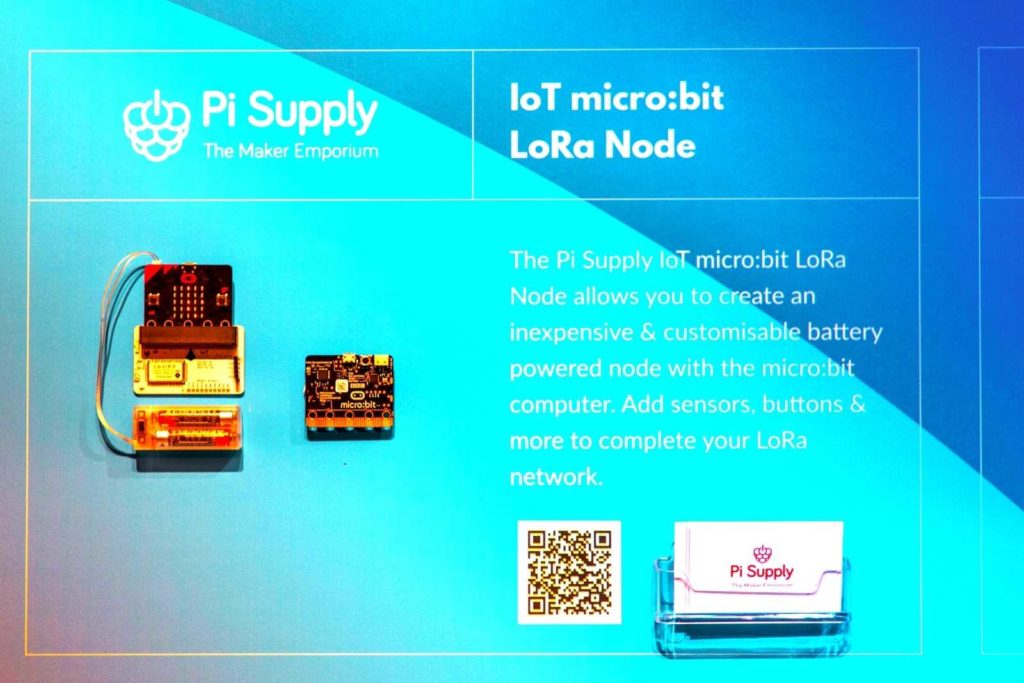Shopping may never be the same. Go back to 2019, and for many, shopping meant swinging by your favorite grocery store on the way home from work, or else popping into Best Buy for a gadget. And perhaps the UPS truck dropped off a package on the porch.
Now? The Amazon Fresh driver is pulling into the driveway in ten minutes, give or take. Then you’ve got to stop by Walmart for a curbside pickup order placed through an app. Walmart’s out of the secret sauce you like, but fortunately, you found it on the Kroger app. And your vitamins are in the mail, or was it UPS?
Consumers have felt the full impact of digitalization in recent months. Companies big and small are also feeling the influence and are utilizing digitalization to reshape operations and business models.
Wondering what digitalization means? There are so many terms tossed around these days, it’s hard to keep them straight. Fortunately, Gartner provides a succinct definition that suits the packaging industry well:
“Digitalization is the use of digital technologies to change a business model and provide new revenue and value-producing opportunities; it is the process of moving to a digital business.”
Ultimately, digital transformation may improve business models, increase customer engagement, and generate valuable data. Change for the packaging industry could be immense.
We often think of packaging in physical terms, such as boxes, labels, and containers. However, digitalization is shaking up supply lines and packaging is gaining a digital life of its own. So let’s look at what transformation could mean for your business.

Honing Your Competitive Edge With Digitalization
It’s tempting to view digitalization as a threat to the packaging industry. If more things go digital, doesn’t that reduce the need for paper and packaging? Yes, but digitalization also creates opportunities. Writing for Bain, Ilkka Leppävuori, Will Poindexter, and Oliver Straehle note:
“Contracts, invoices and everyday communication flow without paper, and consumers are switching from print magazines and newspapers to online and mobile versions. There is, however, another side of the digital story in paper and packaging, one that creates opportunities for cost savings and product innovations with new revenue streams.”
Leppävuori, Poindexter, and Straehlefurther further state:
“Digital transformation offers tremendous opportunity in the paper and packaging industry, but success will require a significant investment in new talent and capabilities, as well as careful prioritization.”
Markets drive competition, and competition necessitates transformation. That means embracing emerging opportunities to spur innovation. Digital technologies hold a lot of promise for packaging firms, enabling smart packaging and allowing organizations to better control supply chains. Alexandre Pauchard, Head of Group R&D, BOBST, points out that:
“By and large, digitalization is not just the implementation of digital technologies into existing business architectures; it is about questioning existing business logic in the light of new possibilities offered by the latest digital technologies.”
Pauchard goes further, noting:
“The packaging industry is also undergoing a profound transformation, with brand owners shaking its value chain. They are under pressure from competition, market expectation and new local brands to reduce new product cycle times, from packaging design to arrival on the shelves.”
Pauchard also argues that the “packaging value chain remains segmented and poorly interconnected,” and suggests that:
“Through digitalization, the entire production chain will become more transparent, agile and flexible. Across the whole production workflow, timely decisions are made possible. We are entering a period where connected systems will contribute data to the entire production process for faster and precise optimization.”
As globalization has reshaped the world, managing supply chains has proven difficult. There are so many touchpoints, and countless products and assets are in constant motion. Writing for PTC, Prema Srinivasan says:
“Assets along the whole value chain will continuously send and receive information. Key data from raw materials suppliers to manufacturers to customers will be harvested and utilized. This will result in greater energy efficiency and less waste.”
And as digital transformation steams ahead, labels are especially promising.
Wondering how else technology could impact the packaging industry? Check out our blog (10) Key Insights From 2019 That Every Packaging Executive Must Know!

With Labels, Knowledge is Power
Some consumers rarely notice the labels on packaging and the products themselves. However, for companies, labels are essential for controlling supply chains and maintaining flexibility. Markets are more cutthroat now than ever before and efficiency is king. Those companies that can best streamline their supply chains are in a better position to compete. As Josh Roffman puts it in Packaging Strategies:
“Globalization and digital technologies are changing business, especially as companies look to accelerate growth and expand into new markets. To do this, companies must create efficiencies in their supply chain and be able to address complex and ever-changing supply chain dynamics.”
The Internet, improved shipping, and yes, improved packaging solutions, have made globalization possible. Globalization has spurred economic development in many countries and lowered the costs of goods for consumers.
Yet controlling vast supply chains can feel like herding cats. Josh Roffman notes in another article:
“As companies expand their supply chain to include new partners and regions, they need better visibility to ensure quality and faster reaction to events — from fake or falsified goods to counterfeit parts to faulty products that impact customer safety (which is especially critical when it comes to food and beverage).”
Improved and more intelligent labels may bring order to chaos. Roffman further points elucidates:
“The label provides that essential link so that companies can capture specific product information, which may include certificates of origin, PO numbers, lot numbers — all of which can be used to link back to the source.”
Big companies controlling massive supply chains dominated the first phase of globalization. In recent years, an increasing number of small and medium-sized enterprises have aggressively built global linkages. Now, producers must be more agile, catering to SMEs placing an increasing number of small orders. Writing in the Packaging Newsletter, Sebastian Reisig argues:
“Packaging producers need to adjust their production capabilities to handle a larger number of smaller orders, making their entire supply chain, from design to the final product, more agile. This transformation requires more digitalization, more automation and more data sharing across the entire production workflow with machines talking to machines for more intelligent and timely decisions, enabling ‘just in time’ packaging production.”
While we often think of labels in physical terms, digitalizing them is now essential for businesses big and small. The right online platforms allow companies of any size to more efficiently and effectively manage their labels, and thus their supply chain. Ken Moir, vice president of marketing at NiceLabel suggests:
“One further step is to move your labelling system to the cloud. As cloud capabilities become available to all businesses, not just large enterprises, using label management SaaS solutions mean that all your data is stored in a central location.”
Digitalization will continue to drive transformation in the decades ahead. Many of tomorrow’s most competitive companies may embrace digitalization to improve supply chains, increase agility, and provide transparency. This could include better labeling, leveraging the Internet-of-things (IoT), and utilizing as much data as possible.
What does this have to do with recruiting? EVERYTHING! Adopting cutting edge technology hones your competitive edge. The same is true with your senior leadership. When you retain us to find a cutting edge leader for your organization, we seek nothing less than the savvy executive that will elevate your brand.
Chase & Associates
We Have Your Back



